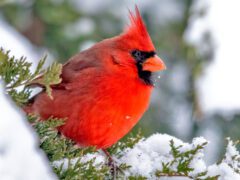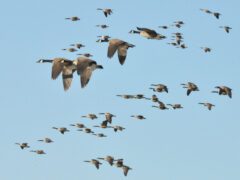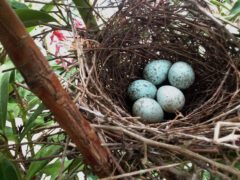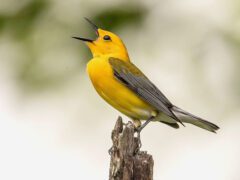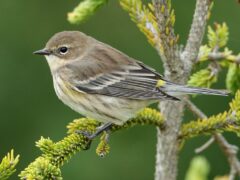White-tipped Dove Similar Species Comparison
Main SpeciesWhite-tipped Dove
Adult (White-tipped)
Pale, pot-bellied dove with a fairly short, square-tipped tail. Brown wings with grayish pink neck and frosty gray face and underparts.
© Darren Clark / Macaulay LibraryTexas, March 01, 2020Adult (brasiliensis Group)
Birds across much of South America belong to the brasiliensis group, but look very similar to the White-tipped form.
© Anselmo d'Affonseca / Macaulay LibraryAmazonas, September 05, 2017Adult (White-tipped)
White tips to the outer tail feathers can be hard to see except when the bird fans its tail or flies.
© Timothy Barksdale / Macaulay LibraryApril 01, 1998Adult (White-tipped)
Chunky dove often found on the ground. Note plain brown wings and grayish-pink breast grading into frosty belly.
© Tyler Ficker / Macaulay LibraryTexas, March 13, 2018Adults (White-tipped)
Note pale, unmarked face and underparts with neck and breast that can appear buffy, grayish, or pinkish, and has a green iridescence at close range. White tail corners can be difficult to see except in flight.
© Timothy Barksdale / Macaulay LibraryTexas, March 03, 1997Adult (White-tipped)
Brown-backed dove with red legs, often found on the ground. Face and neck are unmarked.
© Kevin Pero / Macaulay LibraryTexas, March 12, 2019Adult (White-tipped)
Usually forages on the ground in open forest or woodland understory; eats mostly seeds as well as some insects and berries.
© Timothy Barksdale / Macaulay LibraryTexas, March 03, 1997Adult (White-tipped)
Very pale with pale tips to the tail when viewed from below. From above the brown wings give a darker overall impression.
© Tom Murray / Macaulay LibraryPuntarenas, March 15, 2015Habitat
Typically found on the ground in open woods, woodland edges, shrubby areas, and parks. In the United States, range is limited to South Texas.
© Jack Esworthy IV / Macaulay LibraryTexas, April 20, 2016Similar SpeciesWhite-winged Dove
Adult/immature
White-winged Dove has a black mark on the neck and a prominent white stripe in the wing, as opposed to White-tipped Dove's plain brown face and wings.
© Ted Bradford / Macaulay LibraryMassachusetts, December 12, 2016Don't miss a thing! Join our email list
The Cornell Lab will send you updates about birds,
birding, and opportunities to help bird conservation.













